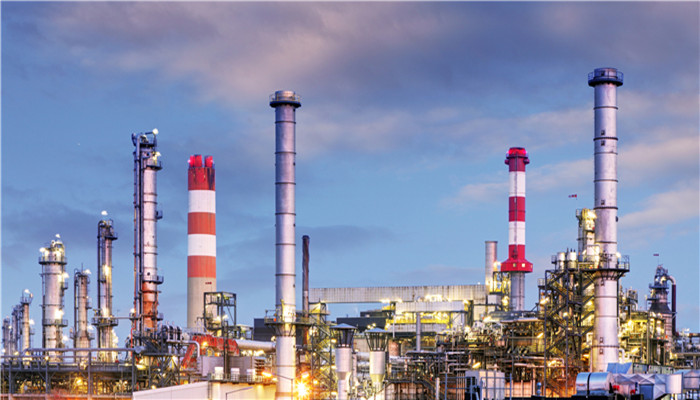
The isopropylamine industry has entered a mature stage and there is little room for future market development.
Isopropylamine is an organic compound, mainly used in glyphosate isopropylamine salt, atrazine, bentazone, rubber, medicine and other fields. The first two are the fields with the greatest application demand. In the European market, isopropylamine is mainly used in pesticide production, accounting for 86% of the demand in this field, followed by the pharmaceutical field, accounting for 10%; in the Japanese market, 60% of isopropylamine is used in pesticide and pharmaceutical production .
In terms of production, the current industrial production methods of isopropylamine include the isopropyl alcohol method and the acetone method. At present, domestic enterprises mainly use the acetone method for production, and acetone is used as the raw material in this process. The price of imported acetone is much lower than that of domestically produced acetone, so domestic isopropylamine production mostly uses imported acetone as raw material.
Before 2000, my country’s isopropylamine production was low and it still relied on imports to meet market demand every year. However, since my country joined the WTO, the pesticide, pharmaceutical and dye industries have developed rapidly, driving the demand for isopropylamine to rise and driving the domestic production of isopropylamine to continue to rise. In 2001, my country’s export volume of isopropylamine exceeded its import volume for the first time. In 2014, the export volume had reached 42,000 tons. Subsequently, the growth of export volume slowed down and the downstream pesticide field was sluggish. The export volume of isopropylamine decreased slightly and remained at 36,000 tons. about.
According to the “2022-2027 Isopropylamine Industry Market In-depth Research and Investment Prospect Forecast Analysis Report” released by the Industrial Research Center, my country The supply and demand of isopropylamine is relatively stable, and production capacity is mainly concentrated in Shandong, Zhejiang, Jiangsu and other regions. After years of development, the isopropylamine market has become relatively mature. Under the background of fierce market competition and environmental protection supervision, some companies have been eliminated, and market concentration has continued to increase. At present, there are only four domestic isopropylamine manufacturers, namely Xinhua Chemical, Jianye Chemical, Dehua Chemical and Haoyuan Chemical. Among them, Xinhua Chemical has a production capacity of 90,000 tons, Dehua Chemical has a production capacity of 40,000 tons, and Haoyuan Chemical has a production capacity of 40,000 tons. The chemical industry has a production capacity of 30,000 tons.
Globally, isopropylamine production capacity is concentrated in China, Europe, Brazil, Japan, etc. The total global isopropylamine production capacity is 220,000 tons, of which China’s isopropylamine production capacity is about 170,000 tons, making it the world’s largest isopropylamine producer. In terms of demand, global demand for isopropylamine shows a steady growth trend. In 2016, global demand for isopropylamine was 122,000 tons, and it will grow to 159,000 tons by 2020.
Industry analysts said that after years of development, the isopropylamine industry has become a more mature market, with relatively stable production and demand, and there is less room for future market development. . China is the world’s major producer of isopropylamine, accounting for about 78% of its production capacity, and is also a major exporter of isopropylamine. my country’s isopropylamine market is highly concentrated and occupied by four companies. Among them, Xinhua Co., Ltd. has the highest production capacity and great market influence. From the perspective of industry development, the downstream industry of isopropylamine is relatively sluggish and lacks new growth momentum. The market demand for isopropylamine has tended to be stable, and there is little room for future market development.

 微信扫一扫打赏
微信扫一扫打赏

